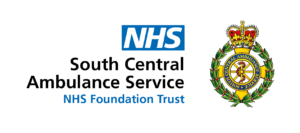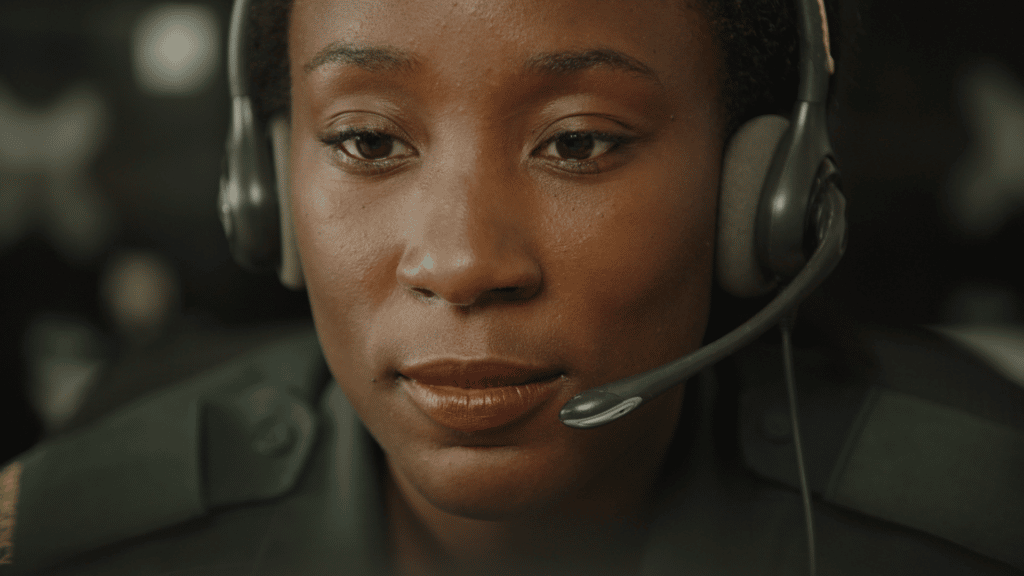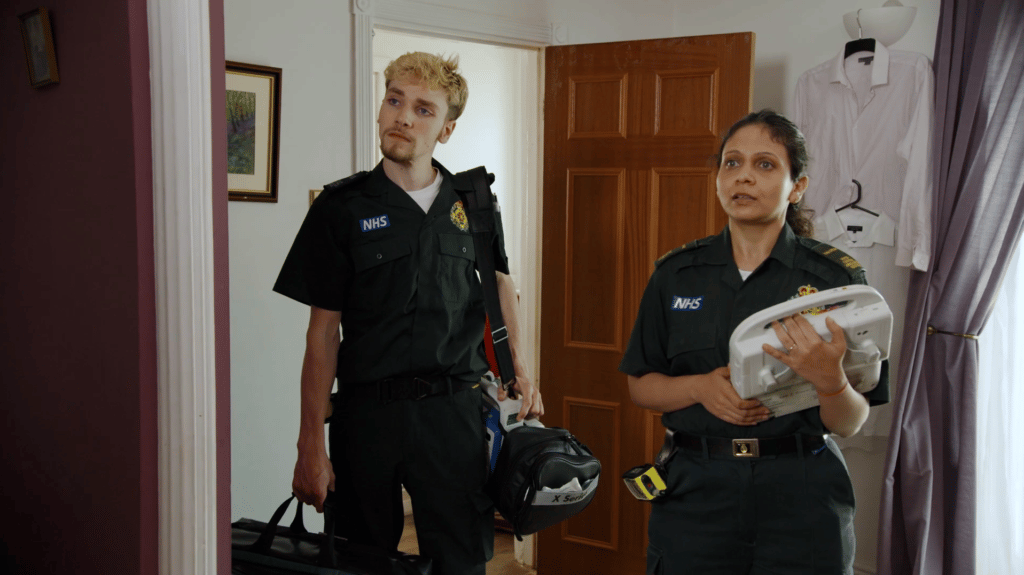South Central Ambulance Service came to Nice Media with a clear objective: they wanted to create new dementia awareness training materials, in video format, to enhance their suitability to be delivered digitally.

South Central Ambulance Service came to Nice Media with a clear objective: they wanted to create new dementia awareness training materials, in video format, to enhance their suitability to be delivered digitally.

The aspiration was to develop a tailored, sector-specific session with supporting video content which could be made available for use by ambulance staff across the four nations. The purpose of the drama videos was to stimulate open and honest conversation amongst trainees, helping to building their awareness and increase their confidence when working with dementia patients. The ultimate goal being to improve the care provided to patients with dementia, and their loved ones. In addition, a core requirement was that the content was sector specific to ambulance service staff, but across the wide range of roles that exist within an ambulance service.
A ‘drama’ treatment of the subject-matter was identified at proposal stage as the most powerful way to bring the experiences of dementia patients and their families / carers to the audience. In the context of working with a sensitive issue that can be extremely difficult for many people, drama was employed in light of the following advantages: Ability to capture and depict ‘real’ issues in an accessible format; Professional drama script writing; Working with a professional acting cast; Story - depicting a patient journey across the service In order to meet the main objective of including the range of roles within the service, a story concept was developed which involved showing the journey of a patient through each area of the service across four episodes.


The final output for this project was four video scenes, each at between 3-8 minutes. Tier 1 Dementia Awareness training is mandatory for all health & social care staff, including ambulance staff, and the content was incorporated into training sessions nationally by all ambulance services from 2022 onwards. This means the content has reached more than 50,000 Ambulance staff (all roles), across a number of Trusts. This includes more than 22,000 paramedics. The aim is for these videos to be used in the training of all ambulance staff who have patient contact, including staff who work in the ambulance control room, in non-emergency patient transport services (PTS) in addition to the frontline crews responding to emergency calls in ambulances and solo responders in rapid response vehicles across the UK.
Suite 7, 2nd Floor. Vantage Point, New
England Road, Brighton,
BN1 4GW
© 2024 Nice Media - All Rights Reserved.